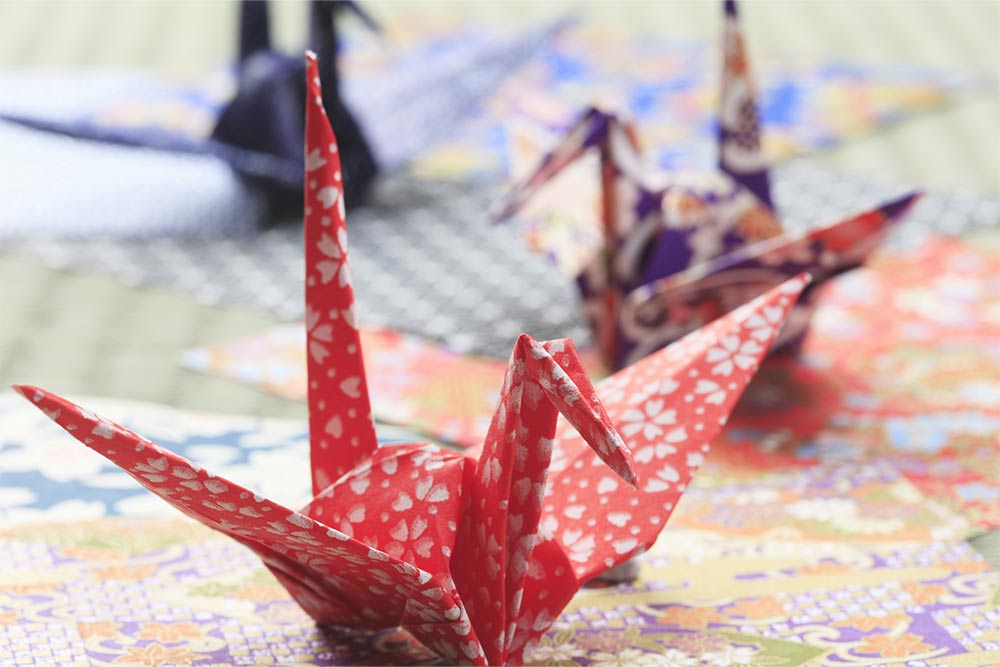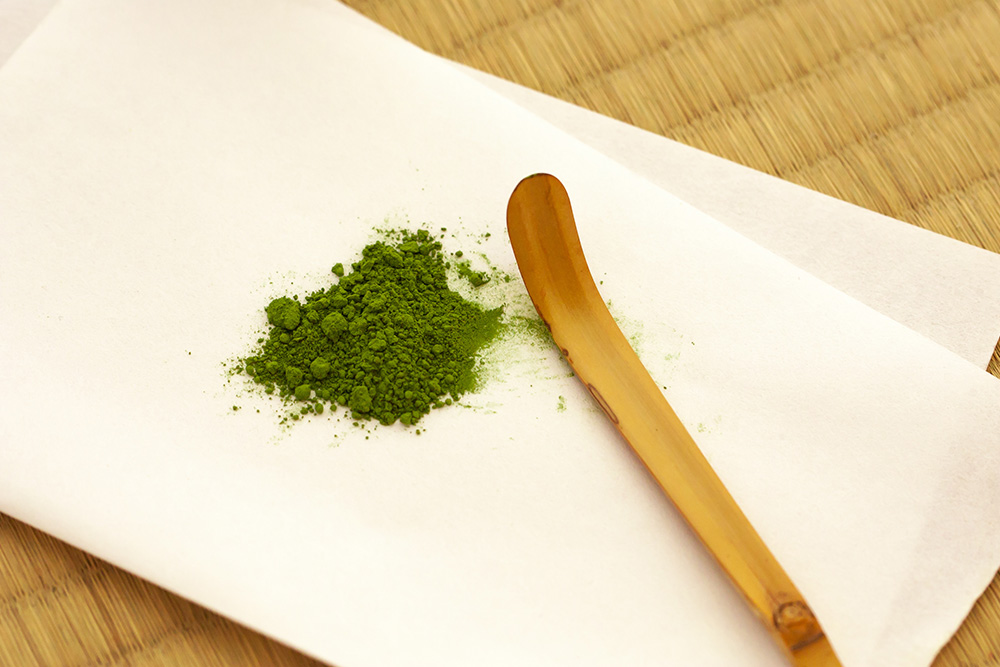“Wa-shi” is a kind of traditional Japanese paper. In recent years, paper made mainly from wood pulp has come into general circulation, and “Wa-shi” which is made from Japanese traditional processes and raw materials, has become quite limited in its applications. The process of making “Wa-shi” is extremely detailed and time-consuming, and the raw materials are expensive. We guess it’s just the way things are in this age of mass production and consumption. However, it is mainly used in a few special fields, such as for some parts of artifacts, daily necessities, and furniture, as well as for art paper and, most famously, for paper money in Japan. In fact, it is also used for repairing cultural assets around the world. The characteristics of “Wa-shi” are that the fibers used for the material are longer than those used for western paper, so even though it is thin, it is very strong and does not deteriorate over time. In addition, it seems that the paper is durable against heat and water, and has softness, making it a paper with a variety of outstanding characteristics.

The paper manufacturing process was originally introduced from the continent. It was roughly around the middle of the 6th century, when it was the period that Buddhism was introduced to Japan. it was a time when a lot of books and other materials were brought into. At the same time, various cultures and technologies from other fields have also been introduced. We guess that our ancestors were surprised to see paper with letters written on it. Perhaps they said something like this… “What’s this!? This is very useful!” “Paper? Ooooh, amazing!!” “How do you make this, anyway?” …And they must have learnt the papermaking skills. It was around the beginning of the 8th century when paper was first produced in Japan as an official industry. Naturally, in the beginning, it was only used by the intellectual class (or aristocracy, the ruling class of the time). But eventually, through the changes to samurai society… By the time the Edo period came around, it was widely distributed to the general public, especially the townspeople. The main raw materials used to make paper in Japan were hemp (asa), ramie (karamushi), kozo, mitsumata, and ganpi, all plants of which were native to Japan. Well… As expected, there was a lot of trial and error as to which plant fibers are best suited for paper production. Even today, these are the main raw materials used to make high quality “Wa-shi”. The most popular method of paper making in Japan was so-called “Nagashi-suki”. It is a method of making a paper layer on a “Su (bamboo screen)” or kind of net by repeatedly adding and discarding paper material water while shaking it to make it uniform. The same method was also widely used in China and other parts of East Asia. Since there were differences in the raw materials used to make paper, Japan’s unique “Nagashi-suki” technique developed, and as a result, a wide variety of very high quality “Wa-shi” came to be manufactured. Wood and paper were used for many everyday items such as furniture and houses, threfore this would be an important factor in the improvement of Japanese papermaking technology. However, in the modern era, the demand for paper in Japan expanded significantly in other areas as well. So the demand for Western paper, which is cheaper in terms of raw material prices and production costs, has rapidly increased to replace “Wa-shi”…
After such a long history, washi products have become very expensive nowadays. The appeal of “Wa-shi” might be its durability and unique texture, in Japanese says, it’s so-called “Fu-ai”. It is very difficult to explain the exact meaning of the Japanese word “Fu-ai”, but if you were to understand the “Fu-ai” of “Wa-shi” the most, it would be its unique “touch”. This “touch” is something that no other country’s paper can offer. Of course, some products using “Wa-shi” are fascinating. However, it may be a good idea to obtain “Wa-shi” itself and have everyone devise their own uses for it. You will be impressed with the quality of the product and understand its unique “Fu-ai”.
Kaishi / Futokoro-Gami

In Japanese culture, “paper” has been used for a very wide variety of purposes. Not to mention its use as a storage medium for recording or storing various events, thoughts, literature, etc. They have been also very often used as materials for crafts. Try to imagine a few things related to Japanese culture. You will see that there are so many things made of paper. Also, it is an indispensable material in Japanese architectural culture. That’s why, since the paper manufacturing method was introduced from overseas, the technology has spread all over Japan. In addition, there has been a great deal of research in each region to create high quality products suitable for each purpose. Paper culture was so important in Japan that the word “Wa-shi” was used to distinguish it from “Western paper,” which came into general circulation after modern times.
Now, we’d like to show you about one of the most unusual uses of paper in Japan, even from a global perspective. It’s called “Kaishi”, or “Futokoro-Gami”. To explain briefly what it is… It is a bundle of paper that you keep in your “futokoro” at all times, and it is very useful “paper” that can be used for anything. (※”Futokoro” refers to the space in the front of the kimono where the fabric is layered, right?) You can wrap something, wipe something, put something on it… Of course, you can also write or draw on them. Japanese used this paper “Kaishi” to do most of the things that they could do in their daily lives. In the Edo period, everyone, regardless of their status, carried the “Kaishi” papers. Well, there were difference regarding the qualities of the papers they carried around. It was treated as an all-purpose portable convenience item. However, they were not wasting resources, they were trying to use what they could for as many purposes as possible. At the time, people overseas were quite surprised at the frequency and range of uses of paper by the Japanese. In other countries, it was basically used for recording letters and pictures, and not used as often and for various purposes in daily life as in the Japanese culture of that time. Japan’s paper culture, which was widely rooted even among ordinary people, might have seemed very special. It must have been a truly unique scene in Japan.
Well, with the trend of the times, this “Kaishi” culture is also on the decline… Nowadays, it is only seen in formal ceremonies or parties such as “tea ceremonies”. In other situations, it may be seen at events such as weddings or funerals. As a matter of fact, there are probably more Japanese people who don’t know about it than others. There are many things to consider, such as the environment, so we guess it can’t be helped. However, there are many aspects that are quite practical even today. It is true. Depending on how to use it, it should actually be very environmentally friendly…




_op.png)
_001.png)
_002.png)
_003.png)
_004.png)
_005.png)
_006.png)
_007.png)
_008.png)
